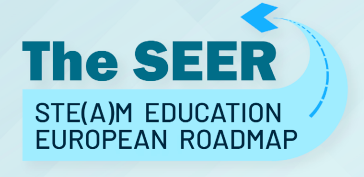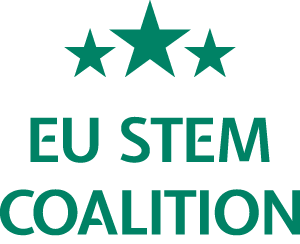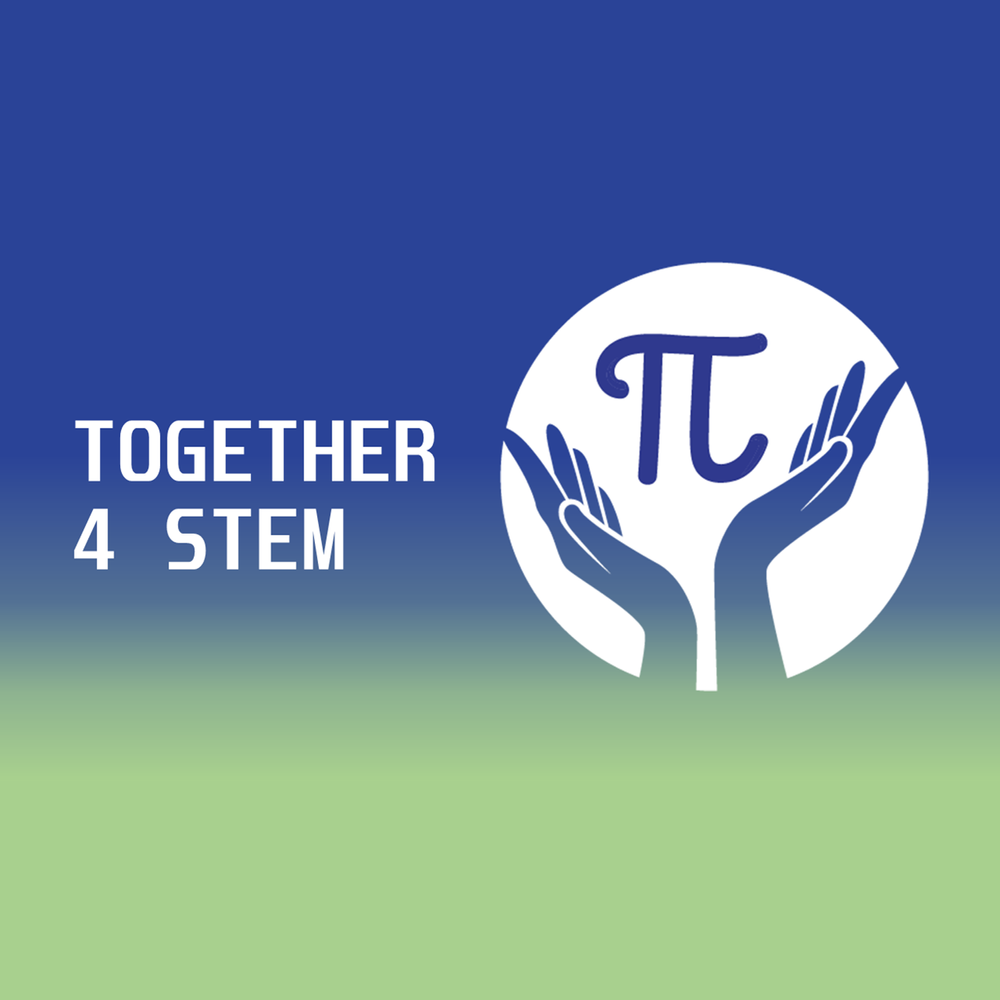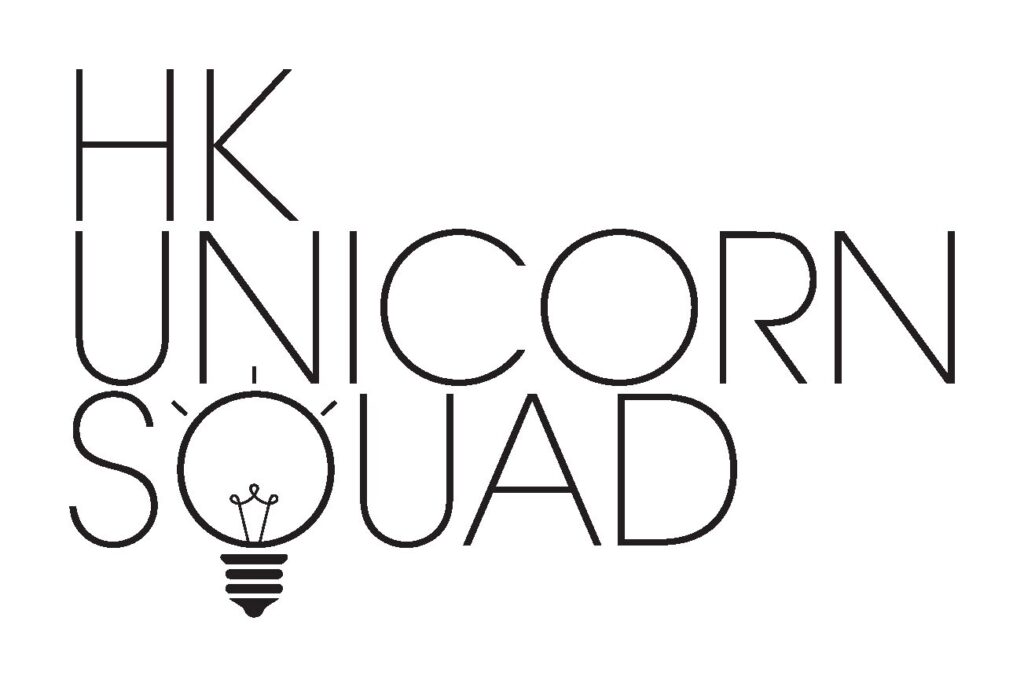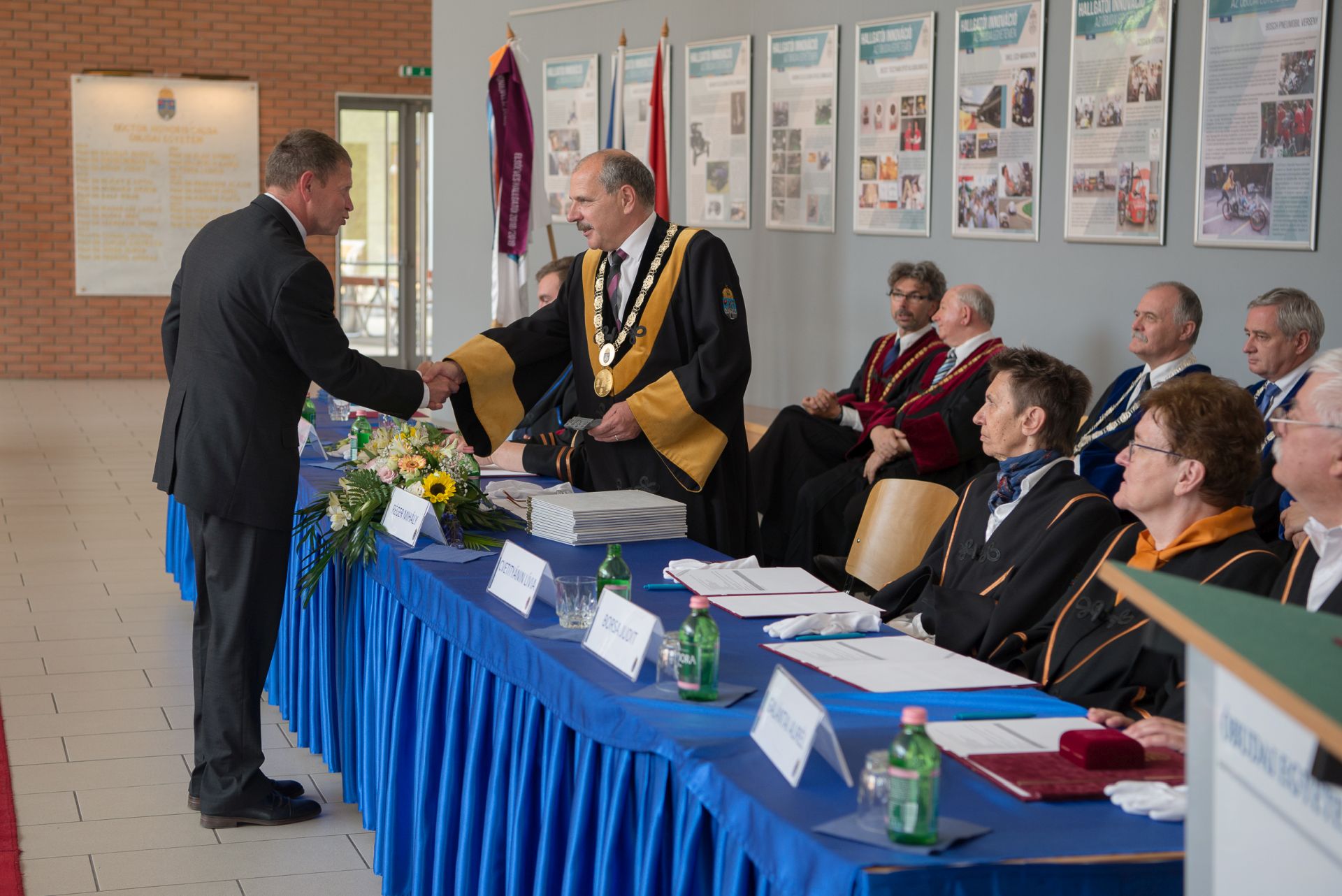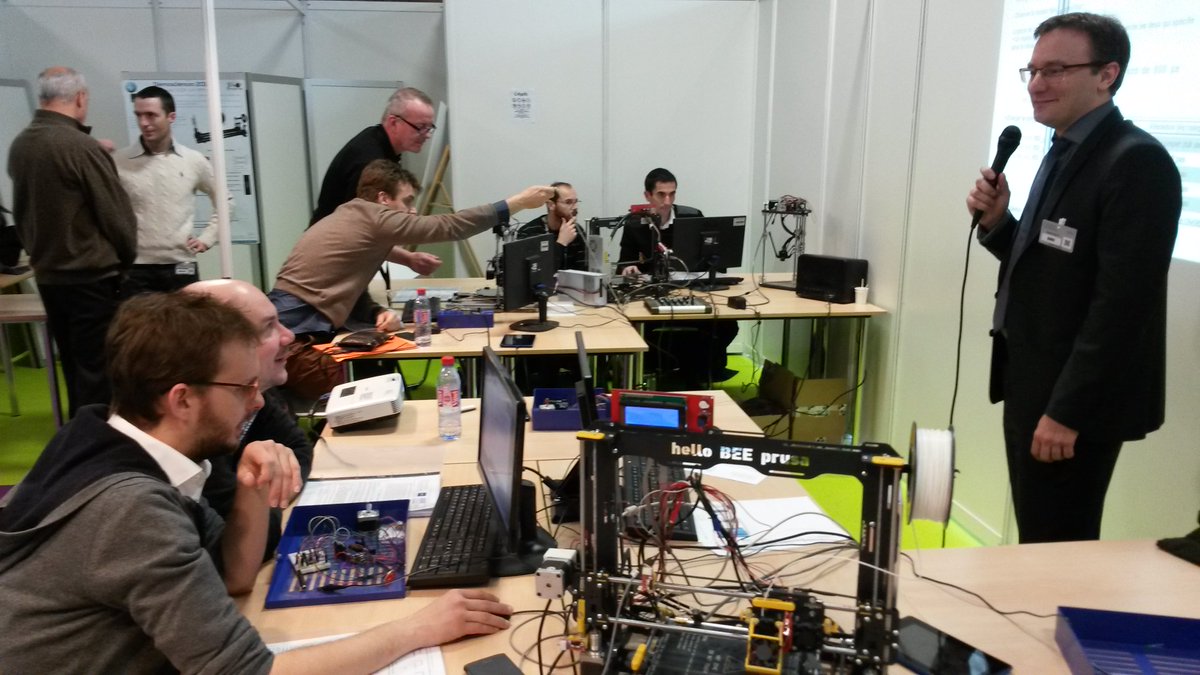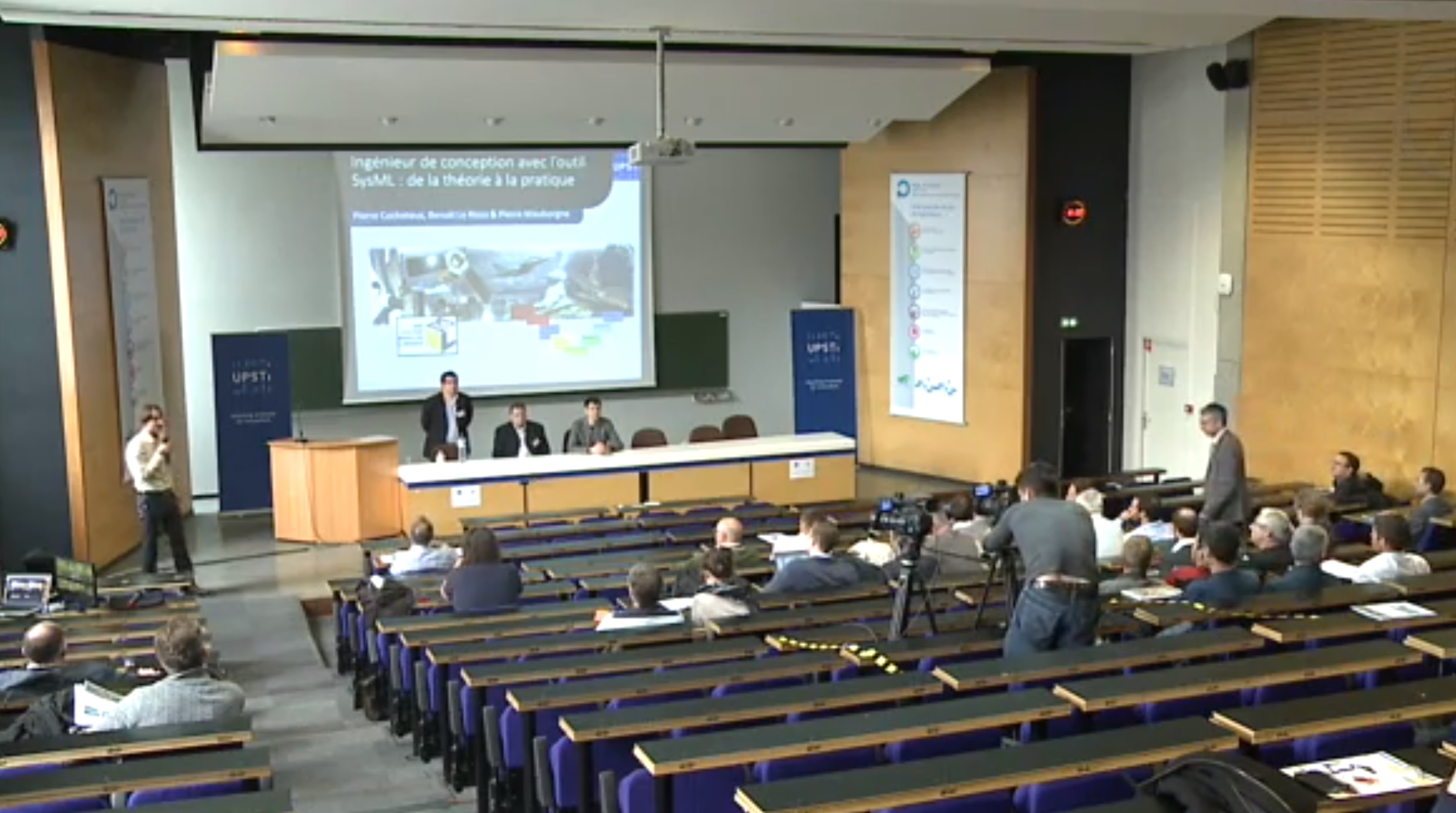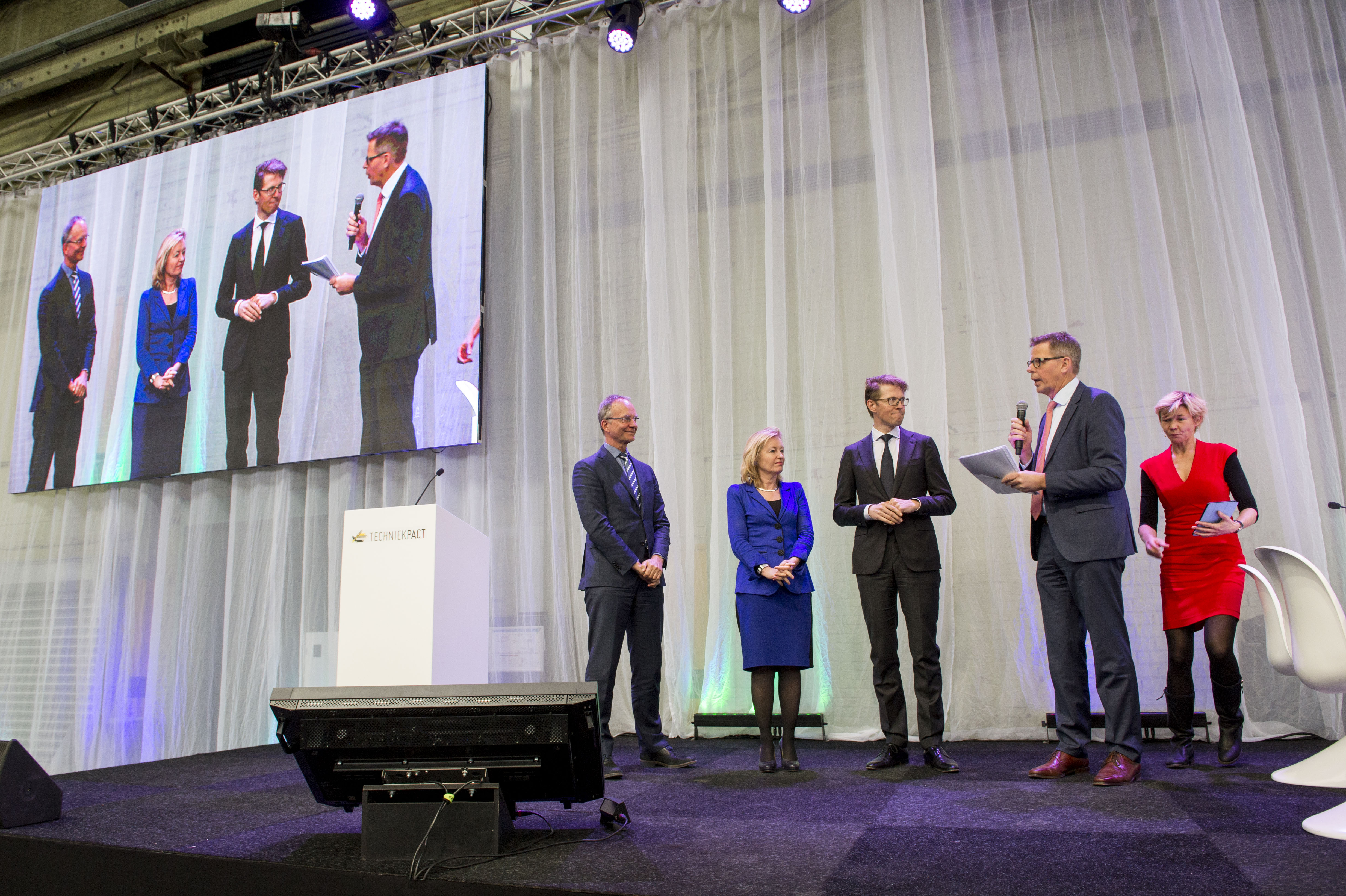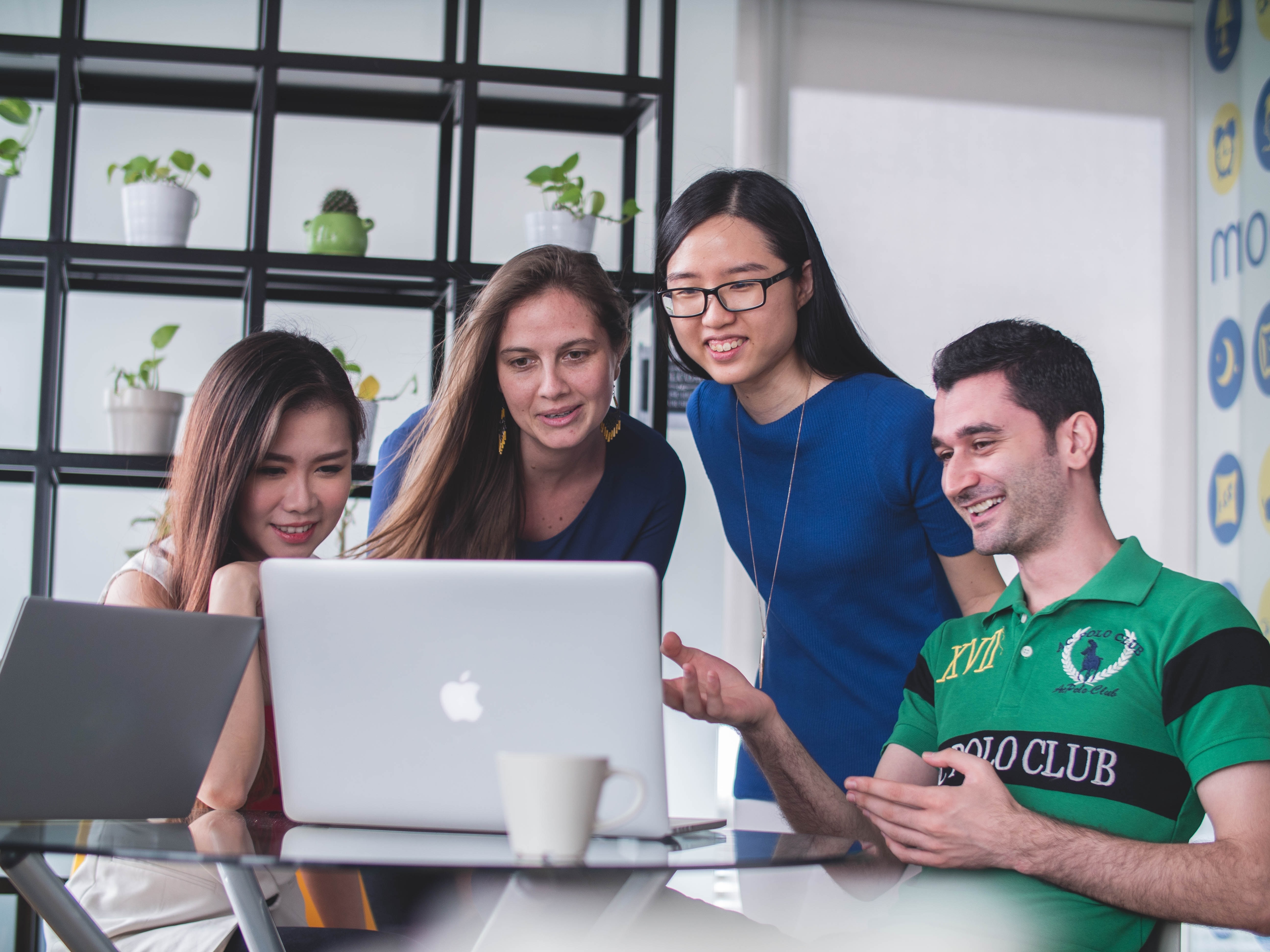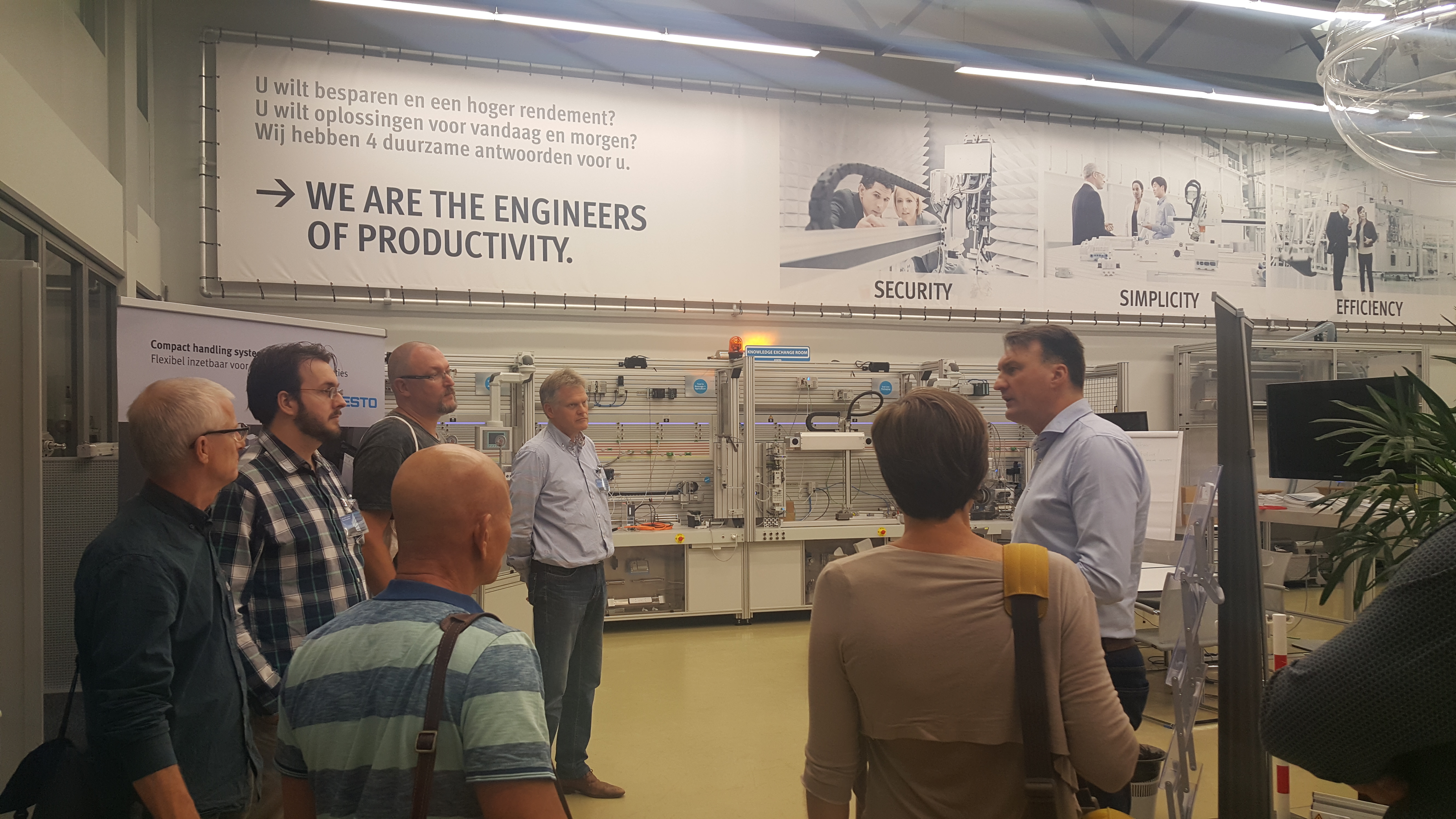Short summary:
TeachSTEM is an initiative developed under the ARTIFEX project, co-funded by the Erasmus+ programme of the EU. Its aim is to provide support and resources for STEM teachers to improve their practices and methodologies, further the specific STEM partnerships at schools and communities, and provide insights to policy makers with regard to the existing models and the challenges we all face in re-shaping our education and training systems and strengthening them with STEM-competences.
Description and objectives:
STEM is a very large field of work and exploration. With the ARTIFEX project and through the learning platform (see link above), the project attempts to help educators identify their personal strengths and weaknesses with regard to teaching STEM, and to assist them in improving their skills and competences by providing ready-to-use practical workshops. The learning platform offers the following components.
- Self-assessment tool for teachers and educators
Our ARTIFEX SAT was built and tested by university researchers of Antwerp University and Karlstad University and it helps teachers and practitioners who wish to integrate STEM in their classes and workshops better understand their strengths and weaknesses with regard to teaching STEM in relation to the 21st Century Skills. Based on a short questionnaire, the tool will recommend personalized workshop scripts and instructions tailored to the specific competences and activity areas which an educator chooses to improve. This tool is available in different languages.
- Workshops
The project partners have designed and tested a collection of STEM workshops. Each workshop comes with a set of instructions - difficulty level, group size, materials, activities, timing. STEM is a fun way for students to learn an important set of skills and be better prepared for their future workplace. With the help of the Assessment Tool, teachers can improve their competences.
- Good practices, some ideas for policy makers
Successful STEM education typically requires cooperation between schools, teachers, students, local authorities and communities, and the business. The project has collected interesting cooperation models from different EU countries to help policy makers understand the variety of possibilities when designing STEM policies on a local or a regional level.
- Insights
Read what people who currently hold STEM-related occupations say about their work, their vision for the future of their jobs and sectors, and the challenges ahead. Our go to the website to read about the ARTIFEX research. In a collaboration between the University of Antwerp and the University of Karlstad, Belgian and Swedish teachers were asked about their feelings of competence, and their concerns regarding working in a high-tech informal learning environment.
Link to programme website:
Reach:
All elements of the tool and project are freely available.
Budget and funding model:
The project was co-funded by the European Union and developed by an international consortium of universities. For more information please visit the project website via the link above.
data_page_icon_programme:
